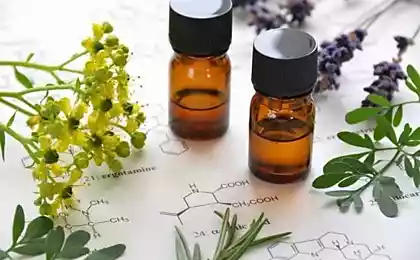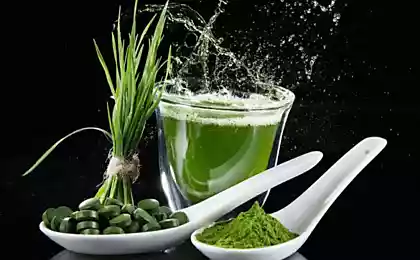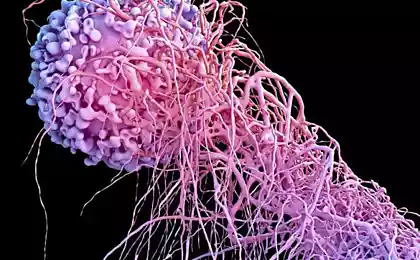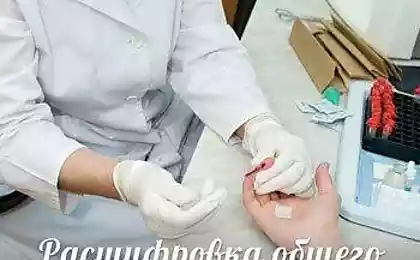474
Calendula helps with dermatitis after radiotherapy

Calendula officinalis is known for its bright yellow flowers. Use calendula for health not inferior to the beauty of its flowers. Contained in the petals of its flowers active ingredients have anti-inflammatory and antibacterial properties. They are used in the treatment of scratches and burns. Using calendula in food, he gets along with some antioxidants. In addition, calendula is known as a more affordable replacement to saffron.

It should be noted that turmeric saffron is not, though it is sometimes called "Indian saffron". In the article "The Benefits of Calendula", published in the online Healthy Eating SF Gate written a lot about what calendula can be useful to man.

Depending on variety, the plant can reach 8-60 cm in height. It resists sunlight, but can grow in the shade. Is a decoration of the garden. Its flowers are yellow or orange. Calendula blossoms from early summer until the first frost. Flowers should collect those that are in full bloom, allowing the plant to bloom all season. The flowers and leaves of calendula can be used for medical and culinary purposes.
Use calendula for health

The active ingredient in calendula is oleanolic acid, which has anti-inflammatory, antibacterial and antioxidant properties. Studies have shown that calendula can prevent dermatitis caused by radiation therapy. The research results were published in April 2009 in Cochrane Database of Systematic Reviews, but consider them final yet. Its antibacterial qualities are also known and Basil.
An ointment based on calendula was used to treat diaper rash in 34 infants and showed significantly better results compared to the cream based on aloe (agave), which was used for the same purpose for 32 babies. These results were published in the scientific journal "Scientific World Journal" in April 2012.

It should be noted that the exact nutrient content of calendula was not measured, nor were evaluated for their potential benefits, it is noted on the resource page of SF Gate.
However, some information about the contained ingredients was obtained. In April 2012, the journal "Chemistry Central Journal" published an analysis of the active components contained in the flowers of calendula. Calendula contains antioxidants in the form of flavonoids and carotenoids.
The leaves of this wonderful plants also contain lutein and beta-carotene that is a precursor of vitamin A, acts as antioxidant. The human body converts beta-carotene into vitamin A, necessary for the maintenance of healthy vision and skin. Beta-carotene and vitamin a are abundant in lettuce.
Caution
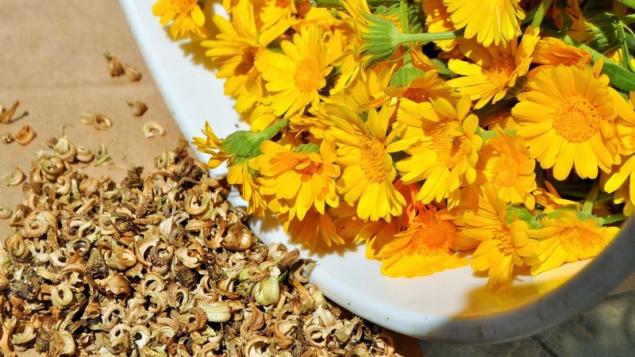
In General, calendula is safe for most people, but for pregnant and nursing women should refrain from its use in any form. Calendula can cause an allergic reaction in those sensitive to ragweed and daisies.
If a person is aware of the presence of allergic reactions to any plants, then before you apply the calendula, you should consult your doctor. The use of calendula along with sedative medications may cause increased sleepiness.
Did you know that calendula is used in the treatment of dermatitis, including those caused by radiotherapy?
Source: hi-news.ru
The mystery of successful people: they have 24 hours more than a week
How to store fresh cabbage in the winter


